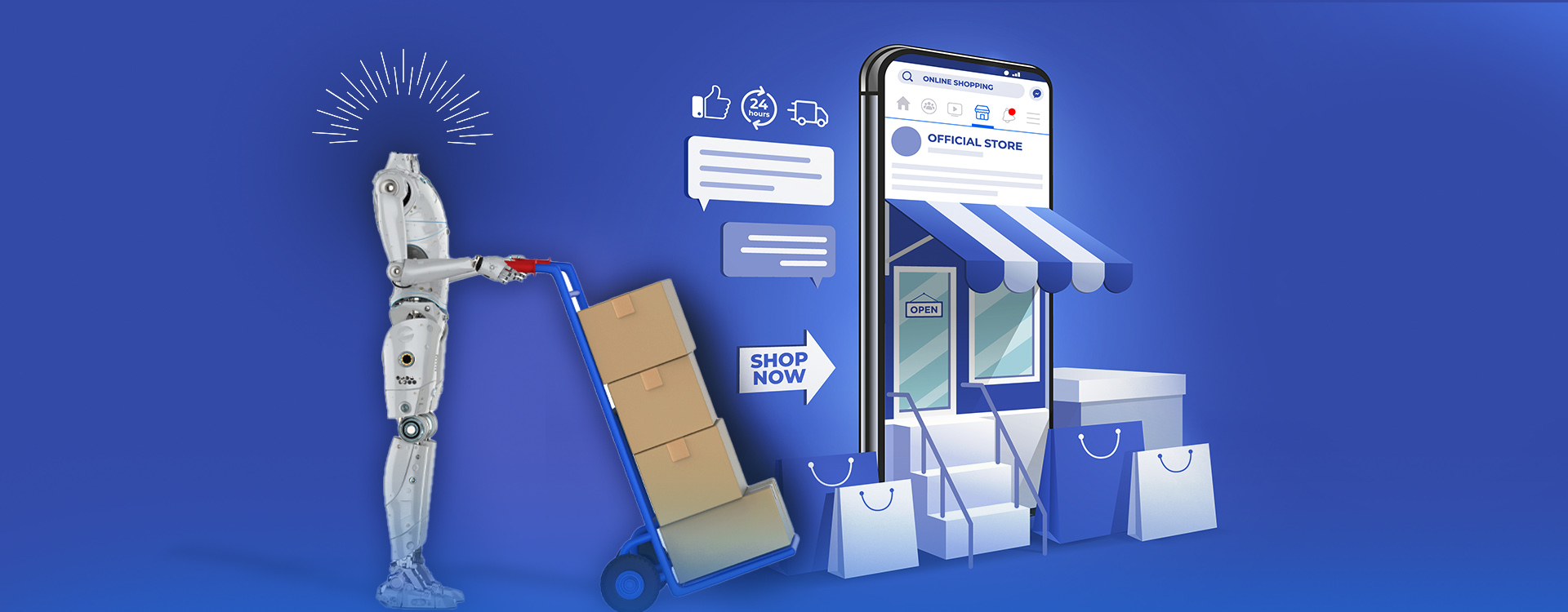E-commerce shopping in the pandemic has evolved to become mainstream among Indians. With stores and malls closed, brands are gradually pivoting to setting their stores online. But now simply having an online store is not sufficient. Customers of the digital era are spoilt with choices and expect maximum convenience and a hassle-free shopping experience.
The short attention span of the consumers is catalysing brands to adopt headless commerce for creating a personalised and immersive experience.
A joint survey conducted by Retail Dive and BigCommerce says that 86 percent of business owners are finding an increase in the cost of customer acquisition or finding it difficult to lure customers. The focus of brands is to offer consistency in shopping where shoppers get the same experience whether they shop online or offline.
What is headless commerce?
Headless commerce is an e-commerce solution where the frontend and backend components are separated. Frontend components of an e-commerce platform such as user interface, the look of the digital marketplace, product menu, etc. can be customised without bothering the backend. The backend developers have the freedom to use APIs to deliver things such as products, blog posts, or customer reviews to any webpage or device. In the frontend part, content can be presented using any framework. Functional elements such as blogs, banners, products, etc. can be controlled programmatically.
‘‘
A joint survey conducted by Retail Dive and BigCommerce says that 86 percent of business owners are finding an increase in the cost of customer acquisition or finding it difficult to lure customers.
How headless commerce differs from the conventional one
The two can be distinguished on the below criteria:
Front-end development: In traditional e-commerce sites, there are design constraints, and consumes time to edit the database code on a massive platform. Whereas in headless, there are no design constraints and enables front-end developers to create a user experience from scratch which fits nicely with their core business needs.
Customisation and Personalisation: Traditional e-commerce has a pre-defined experience designed for both users and admin. In headless, users and admin can create their own experience.
- Flexibility and adaptability: There is no room for customisation in traditional as the frontend and backend are firmly connected. Headless commerce gives brand freedom for endless customisation and changes on the frontend without disturbing the backend.
Why should brands embrace headless commerce?
D2C and lifestyle brands focus on the experience. They depend on the content or developing unique experiences that cannot have a strict framework, and require freedom in customisation. Here are the advantages of it:
Make quick changes
Businesses can swiftly test marketing campaigns, make last-minute changes, roll out new features and landing pages within time constraints.
Integrate Faster
In headless commerce, API (Application Programming Interface) integration will be a no-brainer as no coding is involved for integration. Online storefronts can be easily built and designed and deployed without interfering with the backend component. This reduces complications and establishes efficient and quicker communication between various software platforms. It ensures users have a consistent experience on all devices and channels.
More personalisation
Companies powered with headless enables brands to be more creative with the content they share on the website as it can be easily customised and personalised to a great extent. The theme and layout in the storefront and checkout stage can be changed without any friction. It benefits brands to effectively engage with a different target audience.
It is cost-effective
Headless commerce is more economical than traditional platforms. This is because several in-built tools help brands to meet customer demands in peak season by keeping the configuration of the website intact. Redundant processes increase the cost. Headless commerce reduces redundancies that arise from several layers connecting backend and frontend systems. It creates linear processes.
What lies ahead for the companies opting to adopt headless commerce?
As more millennials and Gen Z enter the workforce, their tolerance for slower processes is less, and seek more unique experiences. They want to navigate choices and accomplish tasks with a single click. Owning headless commerce will help companies to deliver a superb content experience with the plug-in e-commerce solutions on the backend that will manage all commerce functionality. It will also benefit companies to gain organic traction by developing valuable and engaging content and will lower customer acquisition costs.




